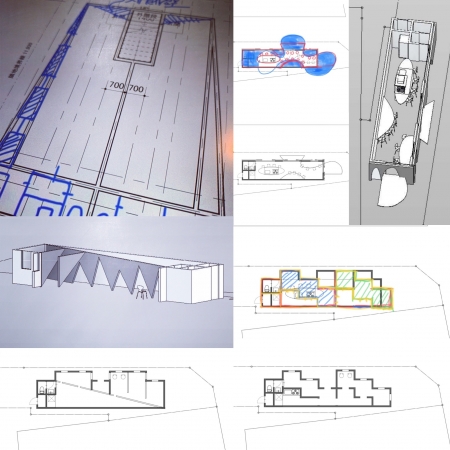人が選択する建築
建築や空間は人が都合よく解釈をしていて、人によって受け取る印象が違うとしたら、建築や空間は物として自律することはできなくて、建築や空間は物だが、自律した完全な物ではなく、常に不完全な物ということになり、そこに何を足してあげれば完全な物になるのか、あるいは、何かを足せる余地を意図的に残すことを考えるのが設計ということになるだろう。
何を足すか、何が足りないかは人にどのような印象を与えることを意図するかで決まるが、そもそも人に様々な印象を与え、その中からでも、どのような印象を受け取るかを人の方で選択できるようにすることも考えられる。
他律的な建築を所望するならば、後者の方が可能性を感じる。
"Architecture of choice"
If people interpret architecture and space conveniently, and the impression they receive differs from person to person, then architecture and space cannot be autonomous as objects, and architecture and space are objects, but they are imperfect and autonomous. Instead, it is always imperfect, and the design is to think about what to add to it to make it perfect, or to intentionally leave room for something to be added. Let's do it.
What you add and what you lack depends on what kind of impression you intend to give to people, but in the first place you give various impressions to people and what kind of impression you receive from them. It is also conceivable to allow people to make choices.
If you want heteronomous architecture, the latter is more likely.


